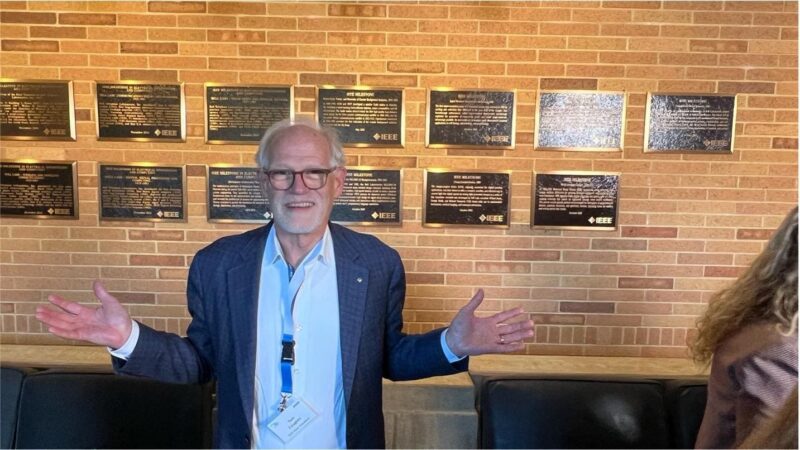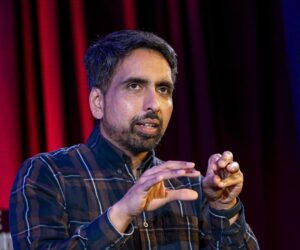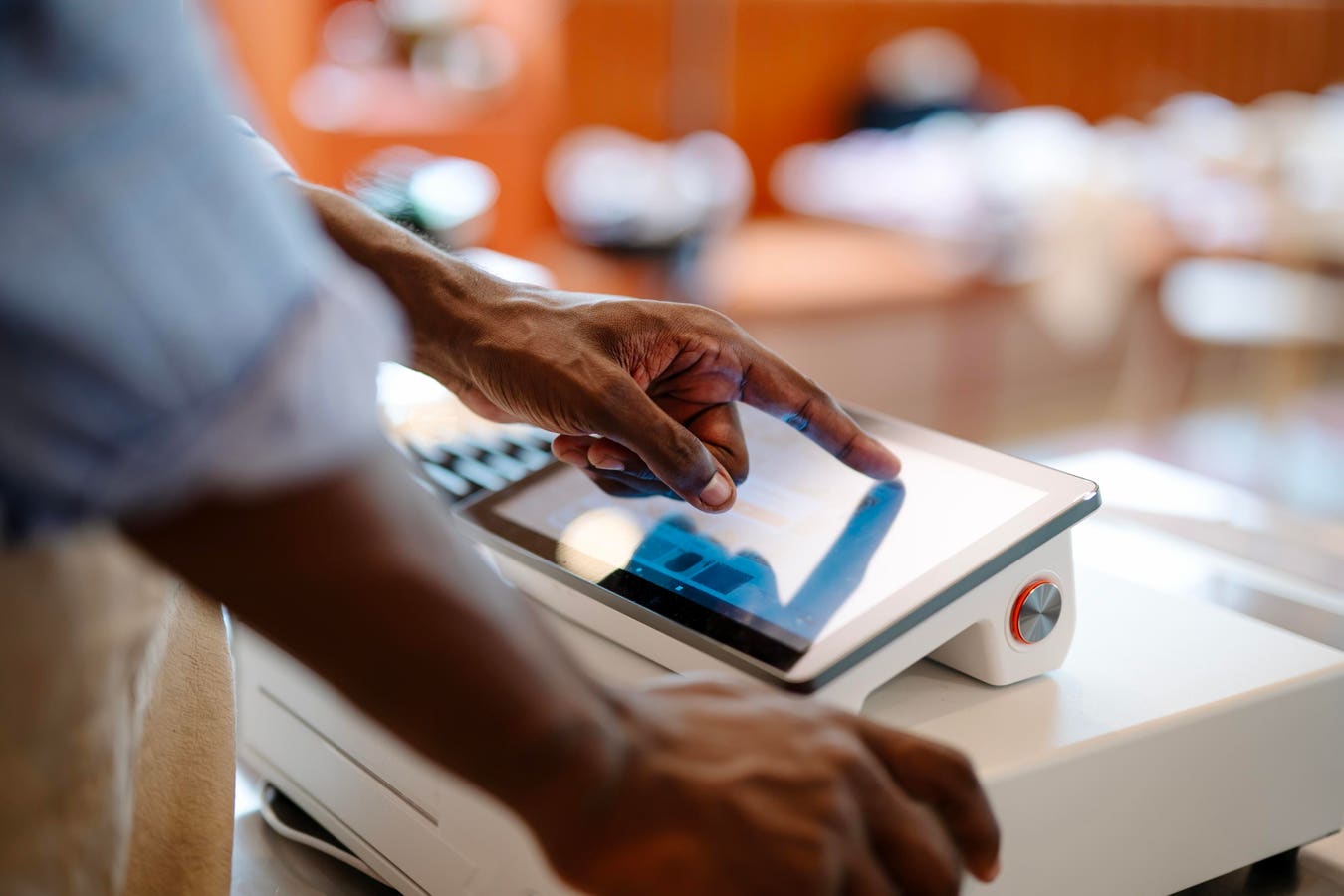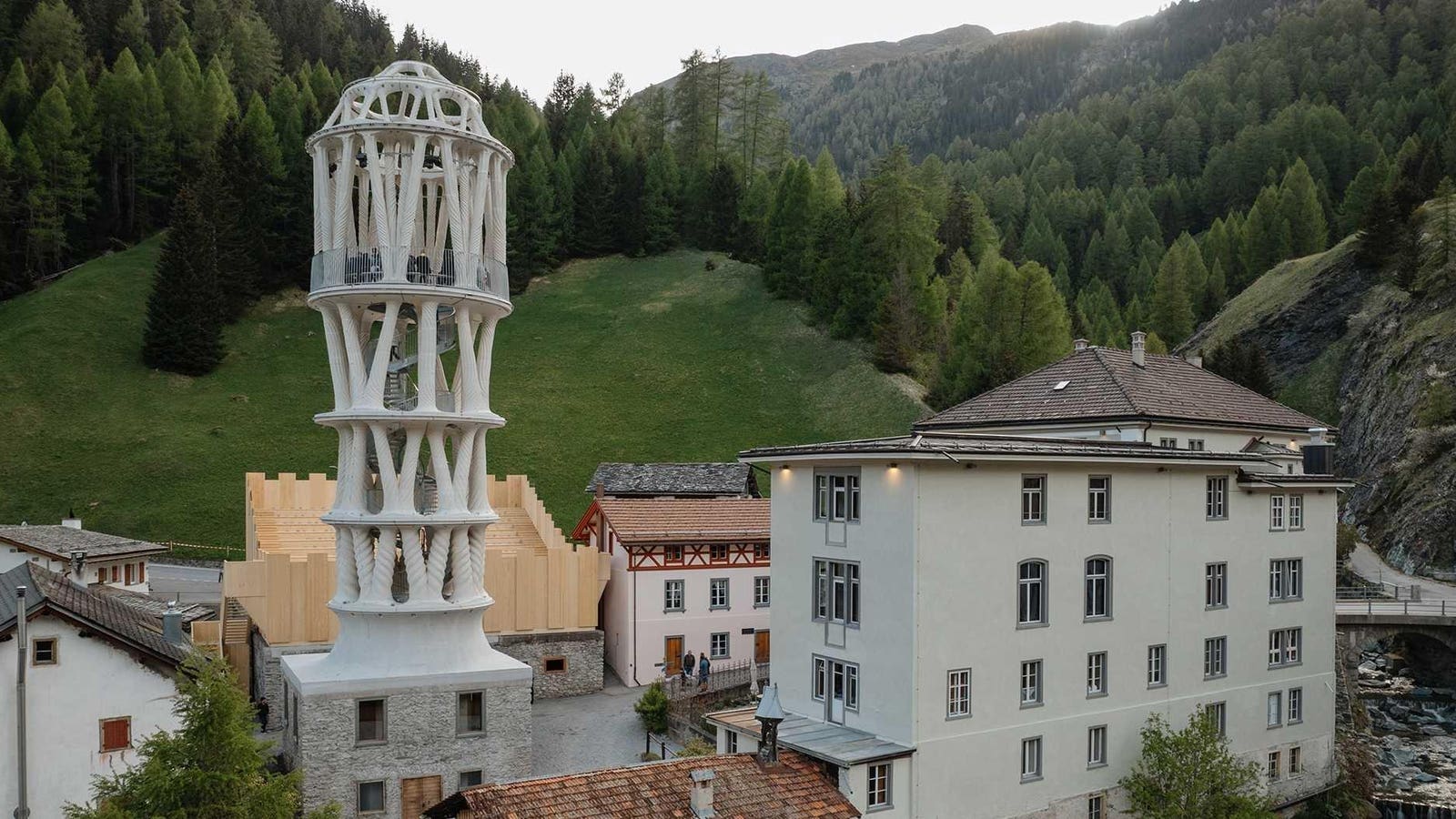Nokia Bell Labs IEEE Milestones
Tom Coughlin
Technology drives the world’s economy and IEEE has an IEEE Milestone program that recognizes technical developments of at least regional importance that have helped to shape the modern world. These developments must be at least 25 years old for IEEE Milestone recognition. I was able to help represent the IEEE at two events recently. The first was the celebration of 7 new milestones at the Nokia Bell Labs in Murray Hills, New Jersey. The second was for AES, the widely used data encryption technology in Leuven, Belgium.
On October 21 there was a large IEEE milestone celebration at Nokia Bell Labs in Murray Hills, New Jersey. The event celebrated seven technologies developed in Bell Labs. Bell Labs gave birth to many technologies that have enabled our modern world. Some of these developments are explored in Jon Gertner’s book, The Idea Lab.
At the Nokia Bell Labs there are 13 IEEE milestone plaques on the wall, including these new milestones plaques. Two of these were duplicates of milestones in other locations, including for Project Echo at the Robert Wilson Park in Holmdel, New Jersey, and five were new milestones. Many of these technologies led to Nobel Prizes for the inventors. The full list of the milestones honored at this event are given below:
Super-Resolved Fluorescence Microscopy – Eric Betzig (Nobel Prize 2014)
Charge-Coupled Device – George Smith & Willard Boyle (Nobel Prize 2009)
Fractional Quantum Hall Effect – Horst Stormer, Robert Laughlin, Daniel Tsui (Nobel Prize 1998)
Molecular Beam Epitaxy – Al Cho
Convolutional Neural Networks – Yann LeCun
Development of the BELLMAC-32 Microprocessors – Duplicate Milestone (California)
Echo Project – Duplicate Milestone (Robert Wilson Park, Holmdel
I also attended an IEEE milestone event near Leuven to celebrate AES encryption, Belgium on November 18, 2025. The image below shows me with the new IEEE Engineering Milestone plaque next to the inventors of Rijndael, which became AES, Vincent Rijmen and Joan Daemen.
With Vincent Rijmen and Joan Daemen, inventors of AES Encryption
Tom Coughlin
Below are my remarks at the IEEE Engineering Milestone ceremony for Rijndael and the Advanced Encryption Standard (AES) from 1995 through 1998 on November 18 at the Auditorium Tweede Hoofdwet, Kasteelpark Arenberg in Heverlee, Belgium. I spoke about the IEEE and IEEE milestones in general, while Martin Bastiaans, member of the IEEE History Committee and past IEEE director, talked about some of the IEEE milestones in the Benelux section and in IEEE Region 8.
I would like to thank my colleague Luc Claesen for all his efforts in planning today’s celebration, and also for his long-time dedication to IEEE and ongoing volunteer service, particularly as a champion for the IEEE Life Member community and for IEEE milestones.
I would like to share a warm welcome to all our members joining us from across the IEEE Benelux Section. I greatly appreciate the support from KU Leuven and thank vice rector Stefaan Vaes for hosting us today, as well as my colleagues – Dirk Rabaey, Wim van Etten, Patrick Dewilde, and Martin Bastiaens, who assisted in the planning of today’s celebration. I was my honor to listen to the inventors, cryptographers Joan Daemen and Vincent Rijmen earlier today discussing the innovative achievements they led that resulted in this milestone.
I am so pleased to have Mohamed Ridouani, the mayor of Leuven, with us as well. IEEE milestone plaques can serve as inspiring public educational tools, helping communities understand the significance of local contributions to global progress.
IEEE is a public charity – which means that the purpose of our work is to provide education, in our case, for scientific purposes. Our activities are all tied to our mission — of advancing technology for the benefit of humanity— which help us demonstrate the great impact that IEEE, our members, and engineering and technology have on society.
These activities encompass efforts in areas such as education, ethics, humanitarian technologies, public policy, sustainability, and history. They help to increase the public’s understanding and appreciation of our fields of interest and highlight not only our members’ technical expertise, but also their desire to use their skills and knowledge to benefit humanity.
As the world’s largest technical professional organization, it is an important part of IEEE’s mission to preserve the legacy and heritage of our professions, to recognize great achievements, and to promote the importance and impact of engineering.
Our professions have a long, rich, and important history. And it is essential that our pioneering technological developments and discoveries, and the men and women behind them, are recognized and celebrated for generations to come.
The IEEE Milestone Program recognizes great moments throughout our world’s long history of technical innovation. They are a symbol around the world of how electrical engineering and computing have built the modern world.
By showcasing achievements across disciplines—from computing to biomedical engineering—milestones connect past achievements to future possibilities. They remind students, researchers, and professionals that bold ideas can have lasting impact.
Milestones have been dedicated across all 10 IEEE regions, making it one of IEEE’s most visible and respected programs and reinforcing IEEE’s mission to advance technology for humanity by honoring innovations that truly changed the world.
The IEEE milestone program is funded by donations to the IEEE Foundation, the philanthropic partner of IEEE. The Foundation leverages the generosity of donors interested in supporting our mission activities, such as today’s milestone, to support and enable IEEE efforts to enhance technology access, literacy, and education, and support the IEEE professional community.
Since our inception, IEEE has had a standing History Committee that advises the IEEE Board of Directors on matters of the legacy and heritage of IEEE, as well as administering and coordinating the IEEE milestone program. The Center maintains many useful resources for engineers, students, historians of technology, and for anyone interested in the development of electrical and computer engineering and its role in modern society.
Besides our focus today, I would encourage all of you to experience and, if appropriate, contribute to the IEEE Oral History Program, our peer-to-peer interviewing program that has collected spoken memories and personal commentaries of historical significance through recorded interviews of hundreds of leading engineers and technologists.
IEEE’s commitment to historical stewardship is a strategic pillar of our public mission. As a global nonprofit, IEEE works to safeguards the stories, standards, and systems that define the enduring impact of electrical and electronic engineering. Working to ensure that the achievements behind our greatest innovations remain visible, relevant, and instructive— and serving as a guide for ethical design and responsible leadership.
I would like to once again share my sincere gratitude to the organizers of today’s event, and KU Leuven for their warm hospitality.
Visiting these historically significant locations, where local volunteers have worked with technical experts, historians, and the public to celebrate pioneering achievements and the people behind them, is truly inspiring and a testament to how technological innovation benefits humanity. They are a great way to experience the history of technology alongside the global IEEE community.
Preserving the history of our profession is vital for fostering innovation, inspiring future generations, and ensuring the safe, sustainable, and ethical development of technology that will continue to shape our world.
New IEEE milestones at Nokia Bell Labs and in Lueven, Belgium demonstrate the importance of technical innovations in enabling the modern world.









